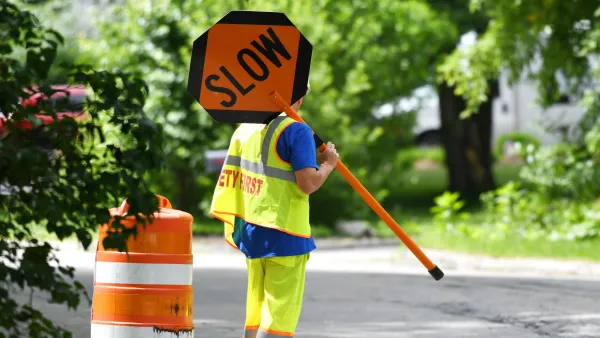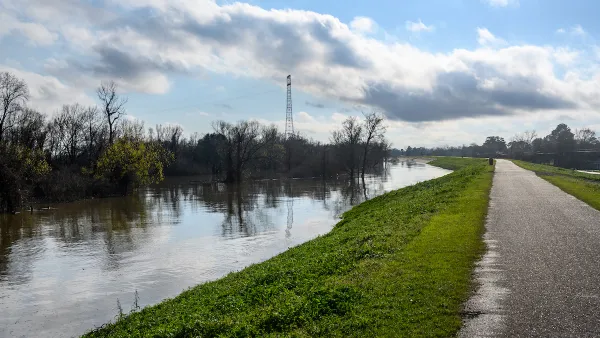People of color are finding it more and more difficult to secure housing in New Orleans, as new and old forms of housing discrimination -- and overt racism -- are conspiring to keep them out.
"Throughout the [New Orleans] region, historically white suburbs, as well as one African-American neighborhood, have been tightening the housing noose by passing laws that restrict, limit or simply ban the building--and even renting--of homes that traditionally benefit poor and working-class people of color. Couched in the banal language of zoning and tax credits, density and permissive-use permits, these efforts often pass for legal and rarely raise eyebrows outside the small community of fair-housing monitors. But taken together--and accompanied, as they so often are, by individual acts of flagrant racism--they represent one of the most brazen and sweeping cases of housing discrimination in recent history.
Among the first and most aggressive to take action was St. Bernard Parish, 84 percent white before the storm and working to rebuild itself that way. Barely two months into the recovery, St. Bernard's governing council passed a twelve-month ban on 'the re-establishment and development' of multifamily dwellings, stalling the reconstruction of affordable housing complexes. But the council truly distinguished itself in September 2006 when it passed an ordinance that, critics said, danced about as close to legalized segregation as perhaps any law since 1972, the year Louisiana finally deleted its Jim Crow laws. Known as the 'blood relative ordinance,' this law prohibited homeowners from renting their properties to anyone who was not a bona fide blood relation without first obtaining a permit--a loaded concept anywhere, but particularly in St. Bernard, where the white majority owned 93 percent of the pre-storm housing.
The post-Katrina orgy of ordinances and moratoriums falls squarely within [the] tradition [of housing discrimination]. But there are some essential differences, beginning with the fact that the post-storm frenzy is fundamentally more: more overt, more excessive, more widespread."
FULL STORY: New Orleans Redraws its Color Line

Analysis: Cybertruck Fatality Rate Far Exceeds That of Ford Pinto
The Tesla Cybertruck was recalled seven times last year.

National Parks Layoffs Will Cause Communities to Lose Billions
Thousands of essential park workers were laid off this week, just before the busy spring break season.

Retro-silient?: America’s First “Eco-burb,” The Woodlands Turns 50
A master-planned community north of Houston offers lessons on green infrastructure and resilient design, but falls short of its founder’s lofty affordability and walkability goals.

Test News Post 1
This is a summary

Analysis: Cybertruck Fatality Rate Far Exceeds That of Ford Pinto
The Tesla Cybertruck was recalled seven times last year.

Test News Headline 46
Test for the image on the front page.
Urban Design for Planners 1: Software Tools
This six-course series explores essential urban design concepts using open source software and equips planners with the tools they need to participate fully in the urban design process.
Planning for Universal Design
Learn the tools for implementing Universal Design in planning regulations.
EMC Planning Group, Inc.
Planetizen
Planetizen
Mpact (formerly Rail~Volution)
Great Falls Development Authority, Inc.
HUDs Office of Policy Development and Research
NYU Wagner Graduate School of Public Service




























